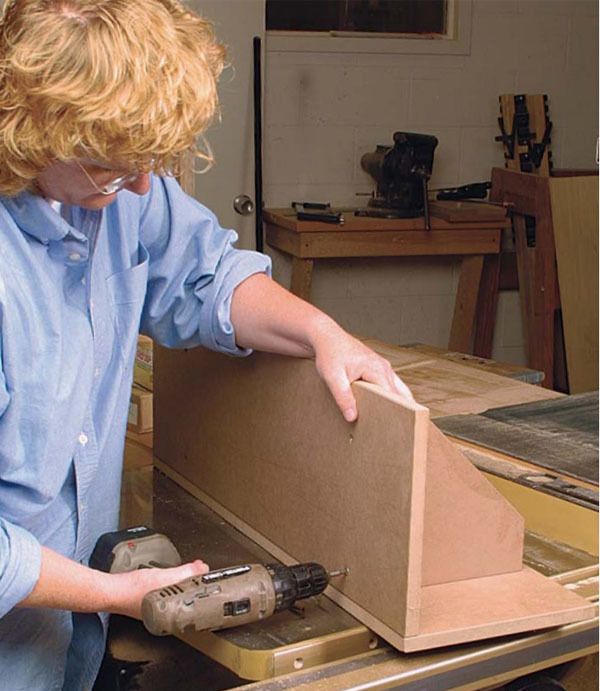A Guide to Modern Wood Screws
They’re stronger, easier to drive and hold a lot better, too
Synopsis: Faster, cheaper, stronger, and usually better suited to the job, modern wood screws get high marks from Aimé Ontario Fraser. She compares modern wood screws to old ones and describes the improvements made over the years. Illustrations and photographs detail their many features, which include narrower shanks, sharper threads, and multiple drive options. Side information addresses problems associated with driving wood screws.
The traditional, cut-formed wood screw, which is commonly called a tapered wood screw, has changed little since it was first made by machine more than 100 years ago. Walk into any hardware store or home center, and you will find it in a wide range of sizes and lengths.
In recent years, however, a new breed of wood screw has come along. Because of the way it’s designed and built, this modern wood screw enjoys several advantages over the traditional version. Although the acceptance of this screw by the general population has been somewhat slow, as time goes by, more woodworkers are learning to appreciate all of those advantages.
It’s not difficult to tell the old and new apart when you see them side by side. The most obvious difference is at the shank. On a traditional wood screw, the shank diameter and the major thread diameter (the outside diameter of an outside thread) are the same. But on a modern wood screw, the shank diameter is smaller than the major thread diameter. That’s one of the main reasons why modern screws are easier to drive. They also have fewer yet sharper threads formed at a steeper lead angle, and almost always have a drive that’s either square (Robertson) or Phillips, or a combination of the two. A star (Torx) drive is used sometimes, too. And the drive options continue to grow as some manufacturers develop their own drives.
By the way, be careful not to confuse modern screws with drywall screws. That’s easy to do, mainly because drywall screws have all of the general characteristics just mentioned. And for some woodworking applications, drywall screws are okay. However, because they lack some important qualities found in modern wood screws, drywall screws are not usually the best choice. For example, drywall screws don’t have special tips (see the facing page), so they are considerably harder to drive, and they’re more brittle, so they break more easily.
From Fine Woodworking #162
For the full article, download the PDF below:
Fine Woodworking Recommended Products

Starrett 12-in. combination square

AnchorSeal Log and Lumber End-Grain Sealer

Dubuque Clamp Works Bar Clamps - 4 pack





















Log in or create an account to post a comment.
Sign up Log in